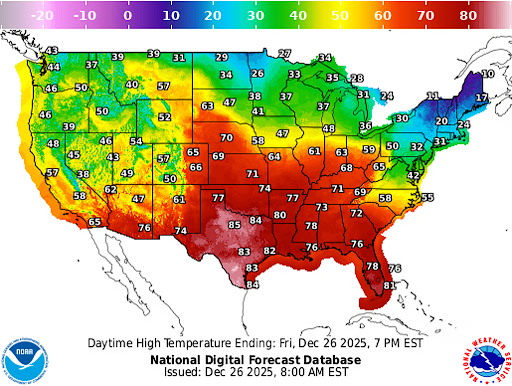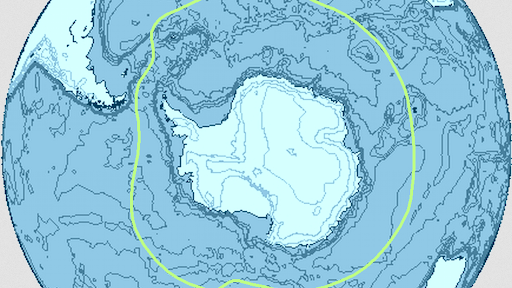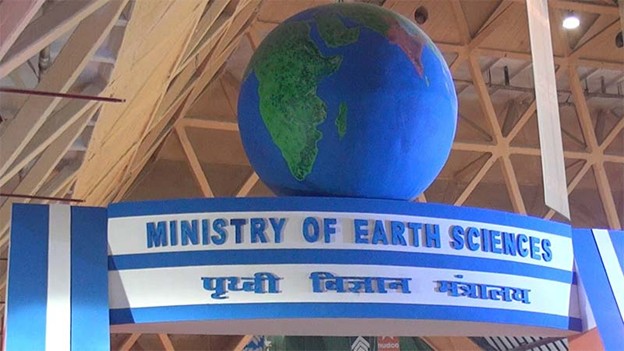



A weather balloon is a high-altitude balloon that carries instruments to measure atmospheric conditions like temperature, humidity, and pressure.

Copyright infringement not intended
PC: NBC News
Following the Trump administration's budget cuts, a Silicon Valley business will soon begin replacing the National Oceanic and Atmospheric Administration's (NOAA) weather balloons with AI-powered replacements that are expected to be significantly less expensive.
Weather balloons, sometimes called sounding balloons, are a special kind of high-altitude balloon that carry instruments into the stratosphere. These instruments, in the form of a tiny, disposable device called a radiosonde, measure things like atmospheric pressure, temperature, humidity, and wind speed and send that data back to Earth.
|
Purpose |
Used to observe atmospheric conditions for diagnosing current weather and forecasting. |
|
Global Launch Sites |
900–1,300 locations worldwide. |
|
Routine Launch Times |
Twice or four times daily, typically at 0000 UTC and 1200 UTC. |
|
Supplementary Launches |
Occasionally done for additional data when weather conditions are rapidly changing. |
|
Operating Agencies |
Military and civilian meteorological agencies (e.g., National Weather Service, USA). |
|
Specialized Uses |
- Aviation interests - Pollution monitoring - Photography/Videography - Research - Scattering human ashes |
|
Examples of Specialized Balloons |
Pilot balloons (Pibal), dropsondes from aircraft, mobile launchers from vehicles or ships. |
Source: Indian Express
|
Practice Question Q. With reference to weather balloons, consider the following statements:
Which of the statements given above is/are correct? A. 1 and 4 only Answer: B. 2 and 3 only Explanation:
|





© 2026 iasgyan. All right reserved